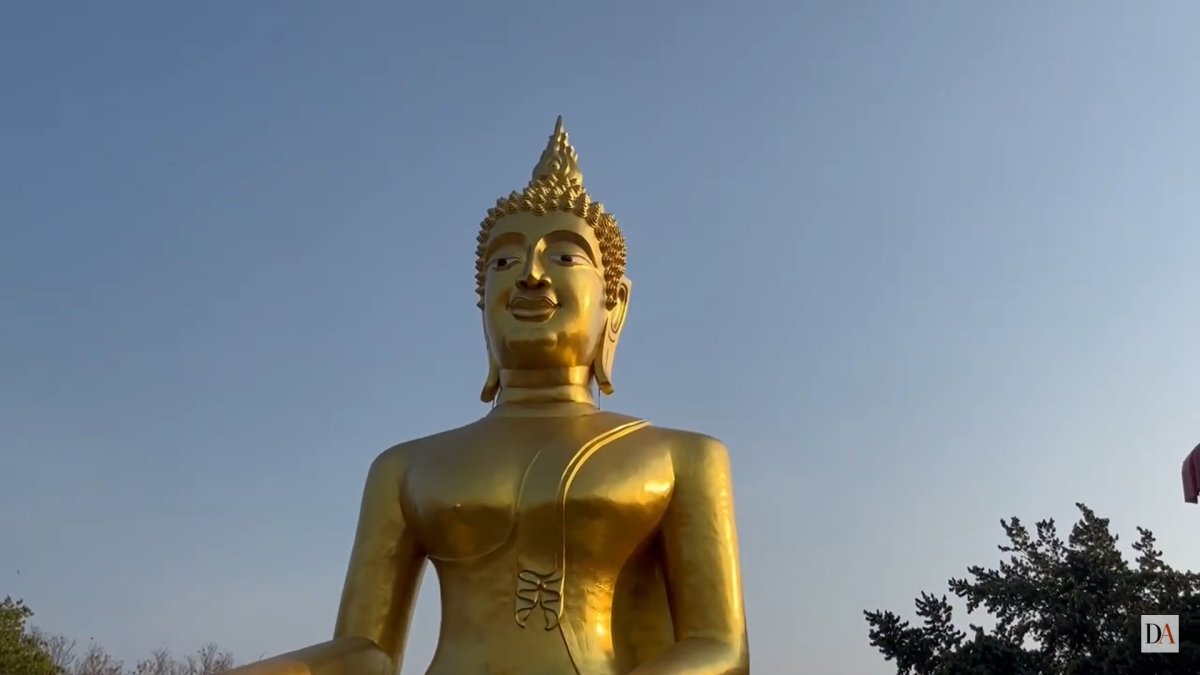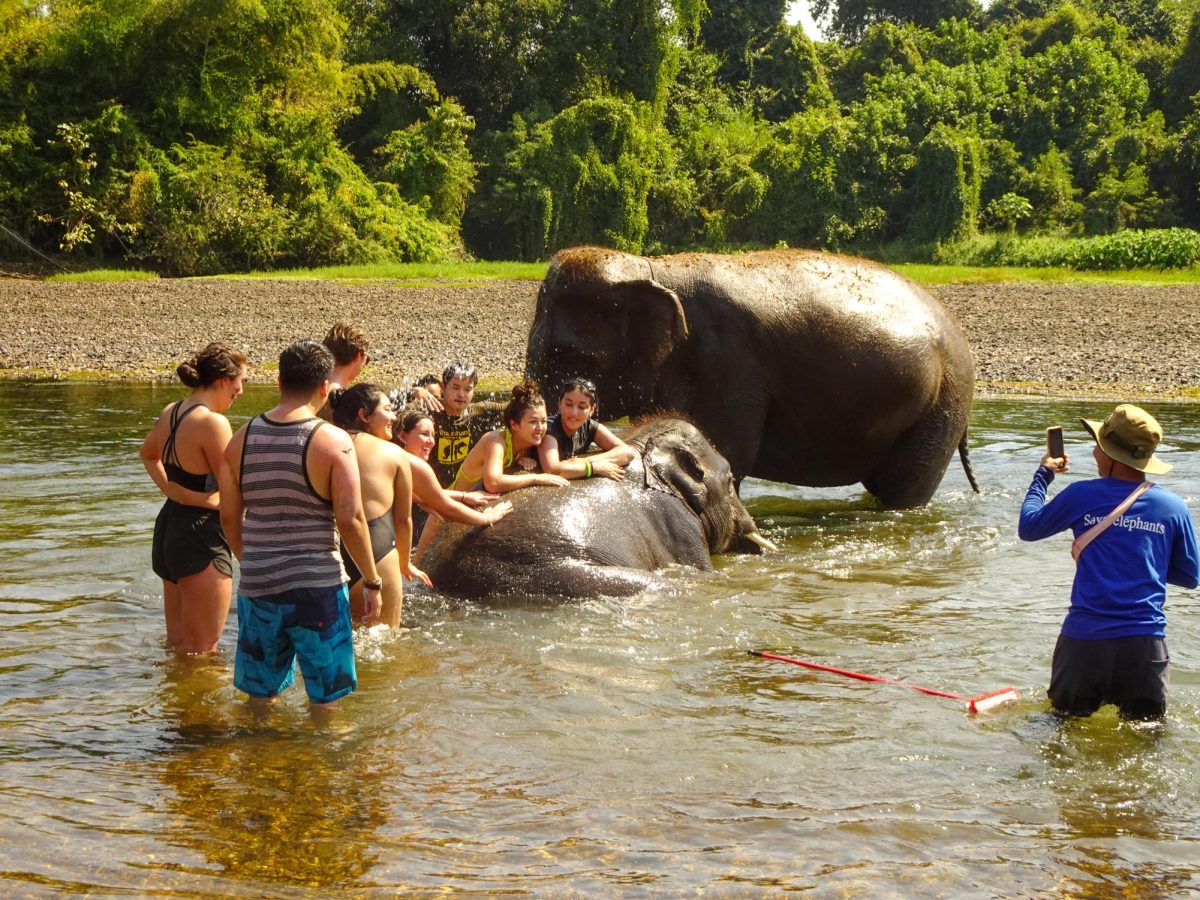Students are hoping for the best and preparing for the worst as Congress attempts to pass legislation reforming federal student loans after interest rates on federally subsidized student loans doubled on July 1.
The interest rate for subsidized Stafford loans jumped from 3.4 to 6.8 percent when previous legislation that incrementally reduced rates for subsidized loans expired. Unsubsidized Stafford and Direct Plus Loans were not affected by the lapse of this legislation.
More than 8,500 San Diego State undergraduates took out subsidized loans during 2012-13.
A bipartisan group in the Senate has a proposal to reduce interest rates on all federal student loans by tying them to market rates, according to media reports. The plan would retroactively apply to loans already taken out by students after July 1.
The plan would tie interest rates to the annual yield on the 10-year Treasury note and add a certain percentage depending on the type of loan.
“There’s interest, I think, on both sides—both by the Democrats and the Republicans—to tie the interest rates to some market mechanism, as opposed to simply having it decided by Congress as a fairly arbitrary number,” SDSU’s Office of Financial Aid Associate Director Chris Collins said.
The latest Senate plan would set interest rates for all undergraduate loans made this year at approximately 3.86 percent, but rates may increase in future years as the economy improves and the yield on Treasury notes increases, Reuters reported Thursday.
If that happens, interest rates could rise above where they currently stand at 6.8 percent for subsidized and unsubsidized loans and 7.9 percent for Direct plus loans.
The Senate plan caps rates at 8.25 percent for undergraduates, 9.5 percent for graduates and 10.5 percent for parents taking out Direct Plus Loans, according to Reuters.
A bill already passed in the U.S. House of Representatives would also tie interest rates to the 10-year Treasury note, with slight differences in markups and caps on rates.
The Senate plan is expected to go to a vote this week. If passed, it would then need to be reconciled with the bill in the U.S. House before it could become a law.
Budget cutbacks to education in California have limited space in its public universities, and with student loan interest rates expected to increase with the tentative congressional legislation, this could lead to fewer students who are dependent on loans choosing to go to school.
The Joint Economic Committee estimates the recent increase in subsidized Stafford loan interest rates will be an additional $2,600 of debt on average to students who take 10 years to repay their loans.
“It’s always conceivable that … more affluent students have less to worry about with regard to financial questions,” Collins said.
Low-income students do however have greater access to grants and scholarships, including the Cal and Federal Pell Grant programs.
Roughly 53 percent of California State University system students graduate with no student loan debt, CSU Media Relations Manager Erik Fallis said.
CSUs maintain a strong return on investment for students because of relatively low tuition costs, grant and scholarship options and general affordability, Fallis said.
Biology senior Joel Stegen uses federal subsidized and unsubsidized loans and a Pell Grant to attend school. He will graduate from SDSU this summer and expects his loans to enter repayment in about six months. He said he worries higher interest rates could add years to the time it takes him to pay his debt off if Congress does not do something.
“I think it’s kind of culturally accepted that we go into debt for education,” Stegen said. “I’m going to have, you know, $50,000 worth of debt for a bachelor’s degree. You know, it’s kind of crazy, but that’s the way it is here.”










